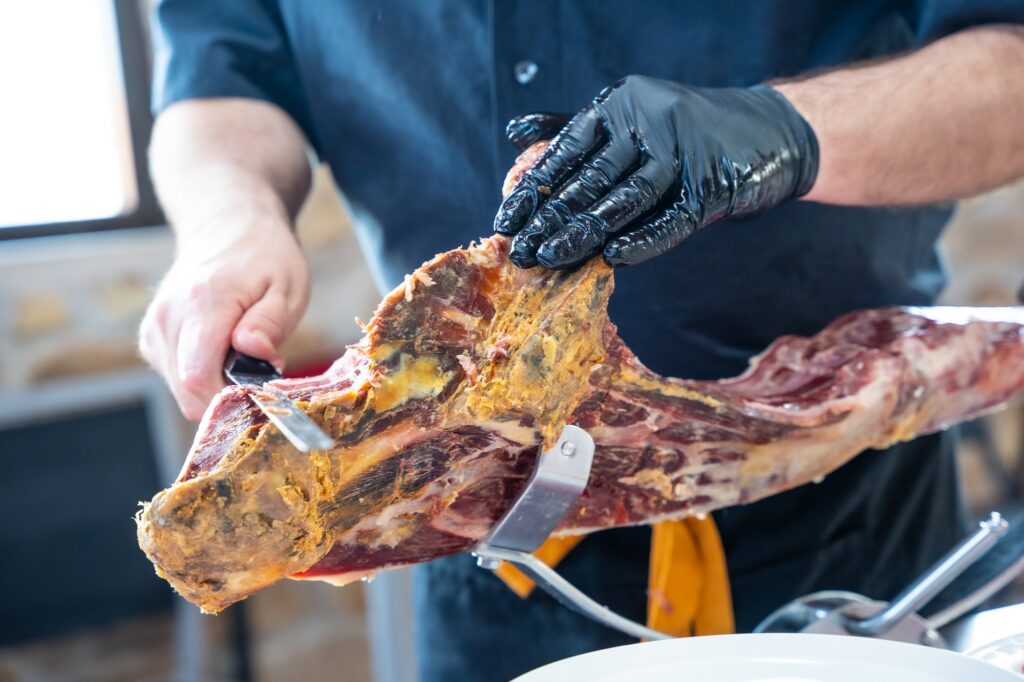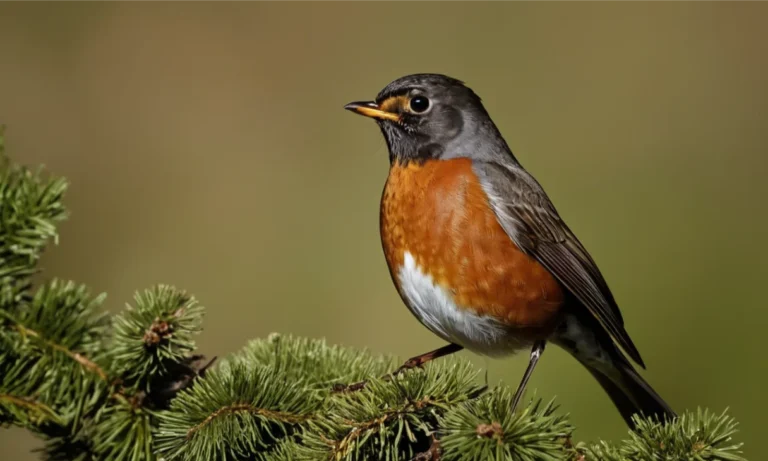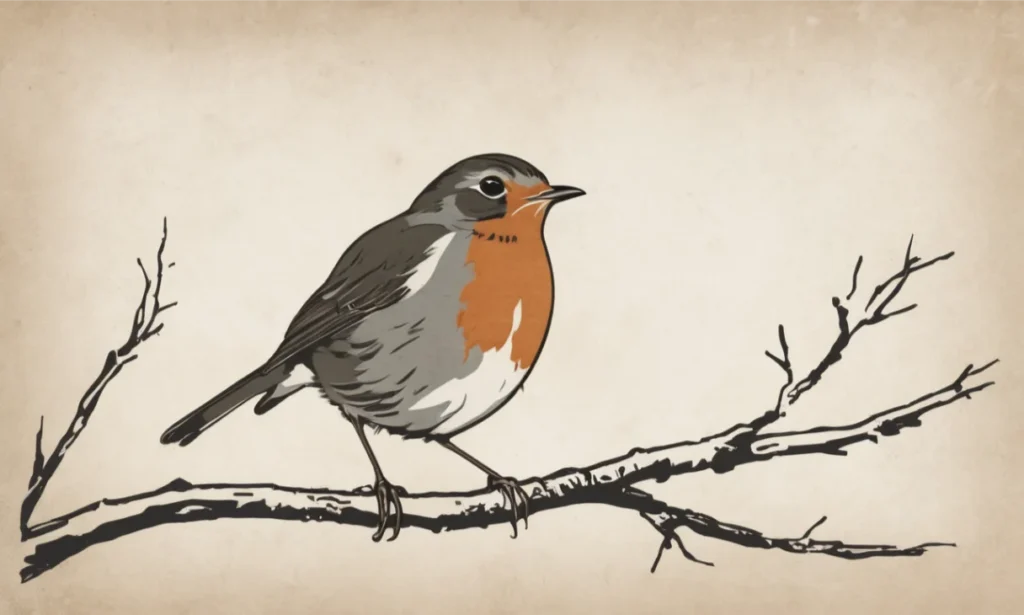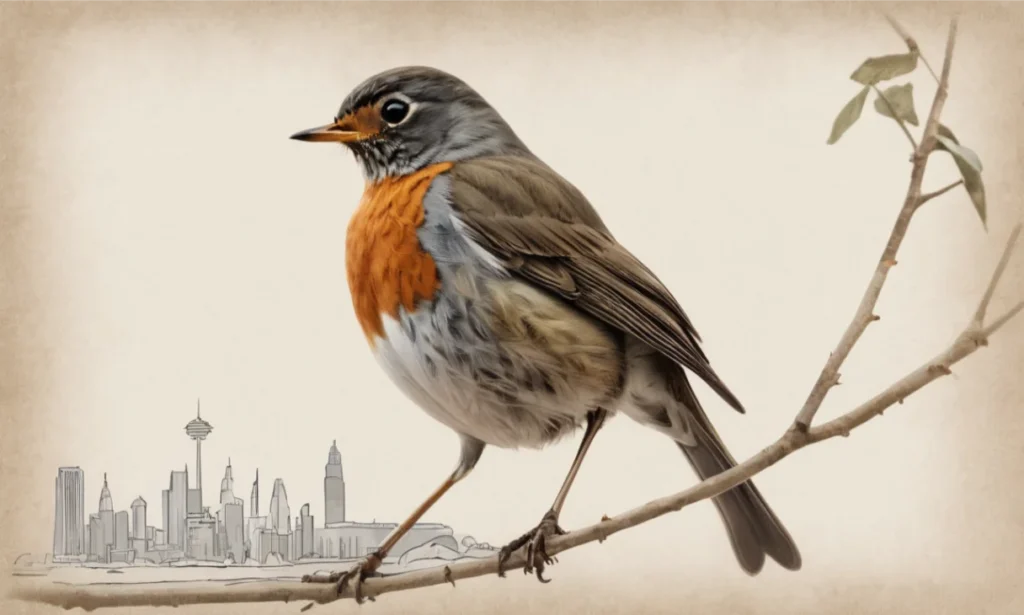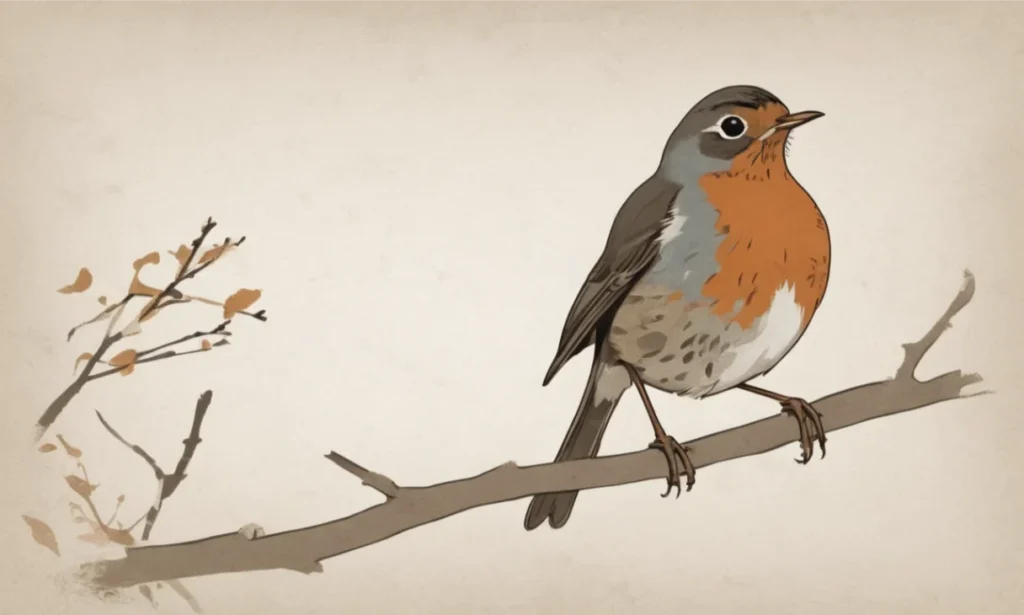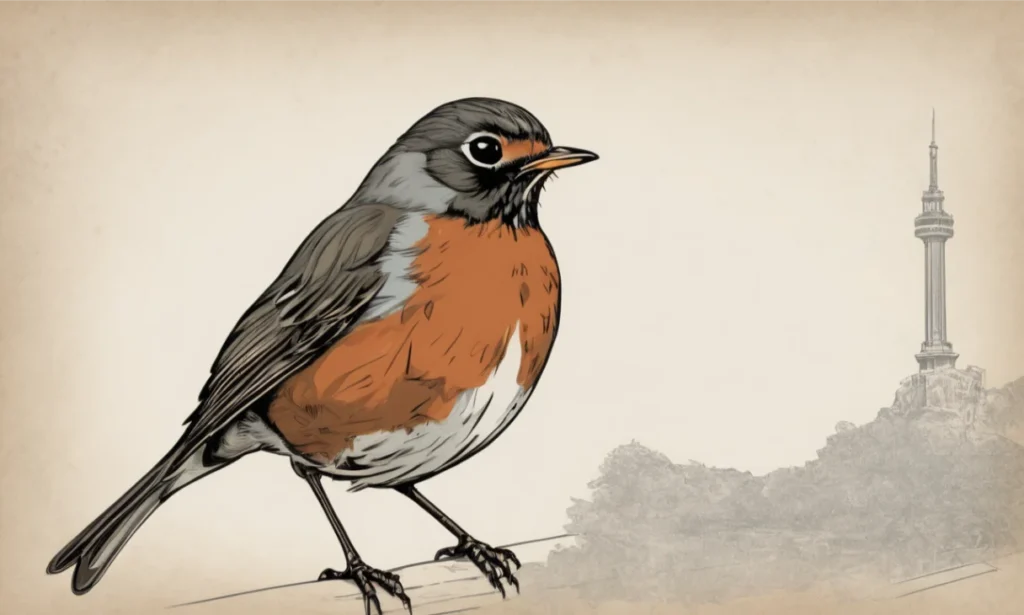Dreams and Spirituality: Exploring the Mystical Aspects of Dreaming
Dreams have long been a source of fascination for humans, offering a glimpse into the mysterious realm of the unconscious mind. Beyond their psychological significance, dreams also hold a profound spiritual meaning for many people. In this blog post, we’ll delve into the mystical aspects of dreaming and explore how dreams can serve as a bridge between the physical and spiritual worlds.
The Spiritual Significance of Dreams
Throughout history, various cultures and spiritual traditions have recognized the importance of dreams in connecting with the divine, gaining insight, and receiving guidance. Here are some key aspects of the spiritual significance of dreams:
- Communication with the Divine: Many people believe that dreams can serve as a direct line of communication with higher beings, such as gods, angels, or spirit guides. These beings may use dreams to convey messages, offer wisdom, or provide direction.
- Accessing Higher Consciousness: Dreams can be a gateway to accessing higher states of consciousness and tapping into the collective unconscious. During dreams, the boundaries of the ego dissolve, allowing for a more expansive and interconnected experience of reality.
- Receiving Guidance and Insight: Dreams often contain symbolic imagery and narratives that can offer valuable guidance and insight into our lives. By interpreting the metaphors and themes in our dreams, we can gain a deeper understanding of ourselves, our challenges, and our path forward.
- Healing and Transformation: Dreams can serve as a powerful tool for emotional and spiritual healing. By confronting and resolving issues in the dream state, we can experience profound transformation and release old patterns or traumas.
Exploring the Mystical Aspects of Dreaming

Now, let’s explore some of the specific mystical aspects of dreaming and how they can contribute to our spiritual growth and understanding.
Lucid Dreaming
Lucid dreaming is the phenomenon of becoming aware that you are dreaming while you are still in the dream state. This awareness allows you to actively participate in and even control the content of your dreams. Lucid dreaming can be a powerful tool for spiritual exploration, as it provides an opportunity to:
- Interact with dream characters and ask for guidance or wisdom
- Explore alternate realities and dimensions
- Practice spiritual disciplines, such as meditation or energy work
- Confront fears and overcome obstacles in a safe environment
To cultivate lucid dreaming, try the following techniques:
- Keep a dream journal and write down your dreams immediately upon waking
- Perform reality checks throughout the day to train your mind to question your state of consciousness
- Set intentions before sleep to recognize when you are dreaming
- Use mnemonic induction techniques, such as the MILD (Mnemonic Induction of Lucid Dreams) method
Dream Symbolism and Interpretation

Dreams often communicate through symbols, metaphors, and archetypes that carry deep spiritual significance. By understanding the language of dreams, we can decipher the messages and guidance they contain. Here are some common dream symbols and their potential spiritual meanings:
| Symbol | Spiritual Meaning |
|---|---|
| Water | Emotions, purification, the unconscious mind |
| Fire | Transformation, passion, cleansing |
| Birds | Freedom, spiritual messengers, the soul |
| Trees | Growth, connection to the earth, the cycle of life |
| Light | Enlightenment, truth, divine presence |
When interpreting your dreams, consider the following tips:
- Pay attention to your emotions and intuitive responses to the dream imagery
- Look for recurring symbols or themes across multiple dreams
- Consider the context and personal associations you have with the symbols
- Reflect on how the dream may relate to your current life circumstances and spiritual journey
For more in-depth information on dream interpretation, check out spiritualdream.net, a comprehensive resource for exploring the spiritual aspects of dreaming.
Dreamwork and Spiritual Practices
Engaging in dreamwork and incorporating dreams into your spiritual practices can greatly enhance your personal growth and connection to the divine. Here are some ways to work with your dreams spiritually:
- Dream Incubation: Before sleep, set an intention to receive guidance or insight on a specific question or issue. As you drift off, hold the intention in your mind and trust that your dreams will provide the answer.
- Dream Journaling: Keep a dream journal by your bed and record your dreams immediately upon waking. Write down as many details as you can remember, including symbols, emotions, and any intuitive insights.
- Dream Sharing: Share your dreams with a trusted friend, spiritual community, or dream group. Discussing your dreams with others can provide new perspectives and help you uncover deeper layers of meaning.
- Meditation and Dream Yoga: Incorporate dreams into your meditation practice by setting an intention to remember your dreams and reflect on them during your waking meditations. In dream yoga, a Tibetan Buddhist practice, you focus on recognizing the dream state and using it as a platform for spiritual growth and enlightenment.
The Transformative Power of Dreams

By exploring the mystical aspects of dreaming, we open ourselves up to a rich world of spiritual growth, guidance, and transformation. Dreams offer us a direct link to our inner wisdom, the collective unconscious, and the divine realms.
As you embark on your own journey of dream exploration, remember to approach your dreams with curiosity, openness, and a willingness to learn. Trust in the messages and insights that come through, and allow them to guide you on your path of spiritual awakening.
Sweet dreams and happy exploring!








